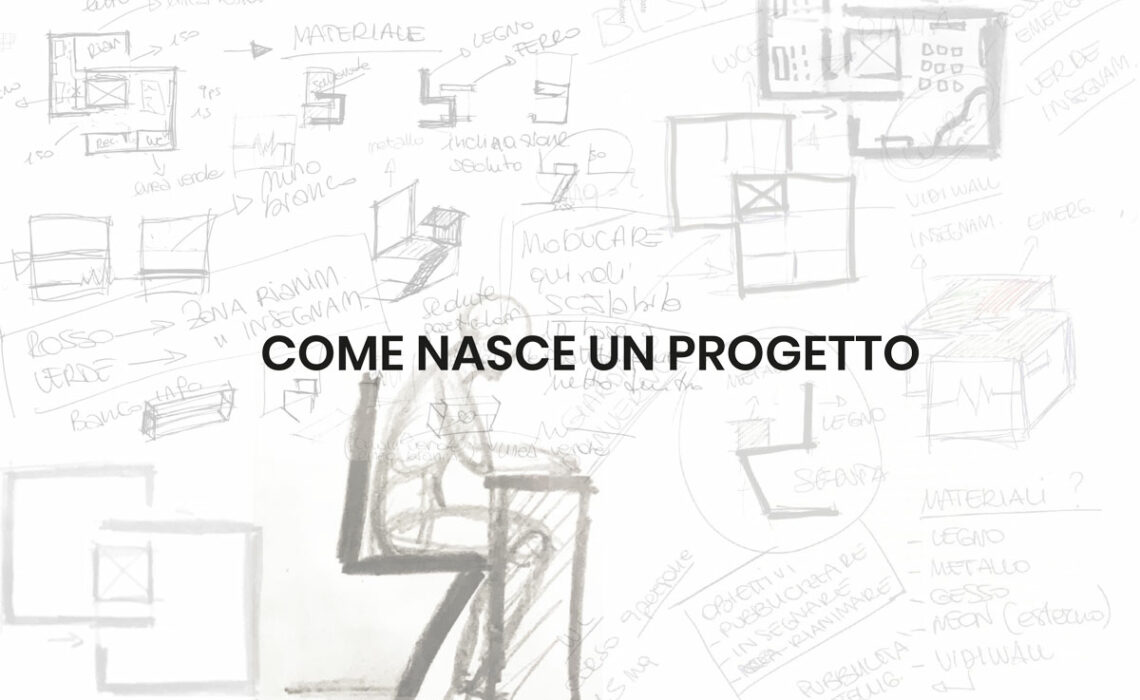
When defining a project to propose to the client, the result may seem straightforward, but it is not a simple as it seems! Designing involves years of study, analysis and creativity, but all it takes to get started is a pencil. Whether it is black of colored matters little, the important thing is to begin to know what is in front of us, even before we get to the PC to draw.
But to fully understand what we are talking about, let us start right from the etymology of the word “design”. Designing comes from the Latin projectare, which means “to throw forward” his idea, he makes a schedule of what will be seen to be realized. This serves to anticipate both conceptually and experimentally what will be the final construction through observation and analysis of reality. It is for all intents and purposes a creative process that starts from an idea, scribbled on paper with our pencil, to the translation of this idea into technical drawings, models and, why not, even some artistic glimpses.
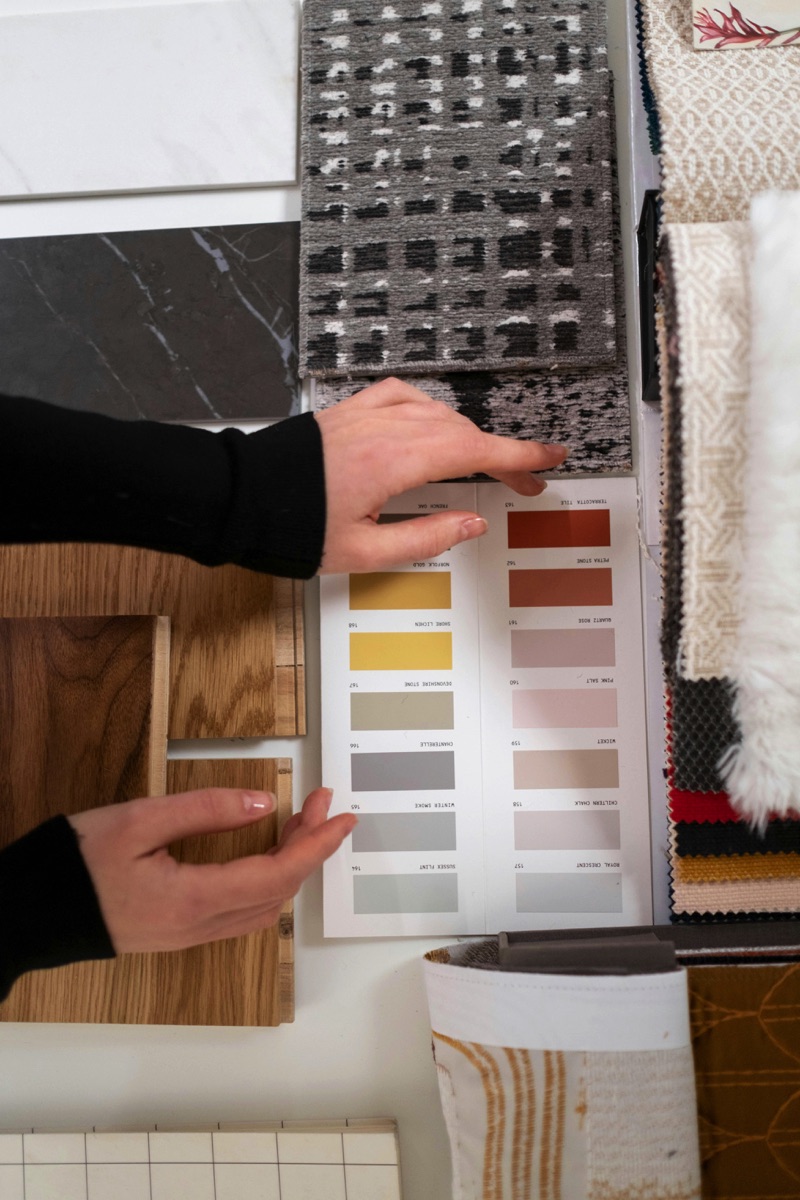
In the design phase we not only go to make a “forecast” of what will eventually be realized, but we go to anticipate and solve all the critical issues that there might be, as well as take into account the wishes of our clients, which, mind you, do not always have to be accommodated! (but that’s another movie).
But let’s start by outlining practically what the design steps are!
Let’s start by saying that certainly each project is different from the other so we don’t have a real set list to follow strictly, also because as we said earlier, design is creativity, it is inventive…the ability to see the world from an unusual angle without forgetting the rules, of course!
Creativity is connecting things
Steve Jobs
At the basis of a good interior design project there are many elements, nothing should be left to chance, and preventing any possible unforeseen events can be the ace up the sleeve to solve any possible problems and not to risk falling into trivial mistakes thus obtaining a rough and unconvincing result.
Let’s proceed step by step…
1. Interviewing the client.
This is a very important moment, as this is where, through a series of questions, the needs that lead the client to the change, the style, the colors, and especially the budget will emerge! At this stage we are faced with two types of clients: those who know exactly what they want and support it with newspaper clipping, screens from various websites, more or less long lists… and those who say “choice is yours”. “Choice is yours” is like having a loaded weapon in your hands but without a safety, because for at best we are dealing with a client who is aware that he needs to make changes, but who is “relying” from where and how to make them. In the worst case, the client knows exactly what he wants and especially what he does not want, and he doesn’t trust you, and that’s not a good starting point.
Clients entrust us with their heart places, and trust is an indispensable aspect!
2. Brainstorming.
After the interview you review all that you have learned.
First ideas are “put down”, first sketches take shape, materials, colors, wallpapers, furniture and decorative elements of various kinds are put together. This is the stage where creativity can be unleashed and of course the most fun stage as well!
3. Design.
The next step is to concretize the ideas.
We start from the floor plan, delineate/reorganize the spaces, go on to insert the previously selected furnishings that must always be functional as well as “beautiful”.
The project becomes truly “real” in the 3D dimension, where the application of materials, colors and furnishings shows us the various rooms as if they were there in front of us.
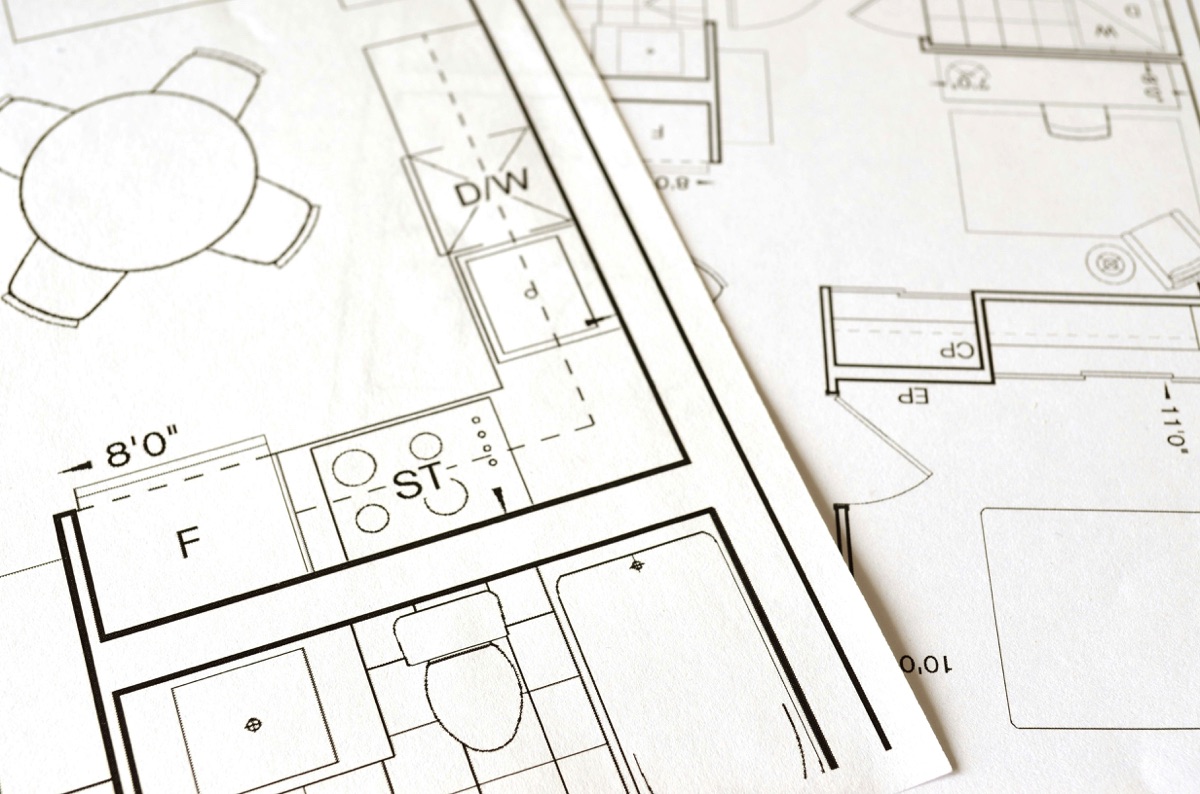
4. Preparazione della proposta.
We then proceed to arrange everything that has been produced in tables. The presentation should be beautiful, comprehensive, rich and should let the client understand the care and dedication that has gone into creating their new environment. Different solutions are also prepared, and of course you must be ready for the many questions!

5. Presentation.
An appointment is made with the client for the presentation of the project.
For me, it’s an adrenaline-dense moment, because it inevitably triggers the pride of presenting one’s own creation, because that’s how it is, every project is like a child.
The project is explained, drawings, pictures, details are shown, all design choices are justified.
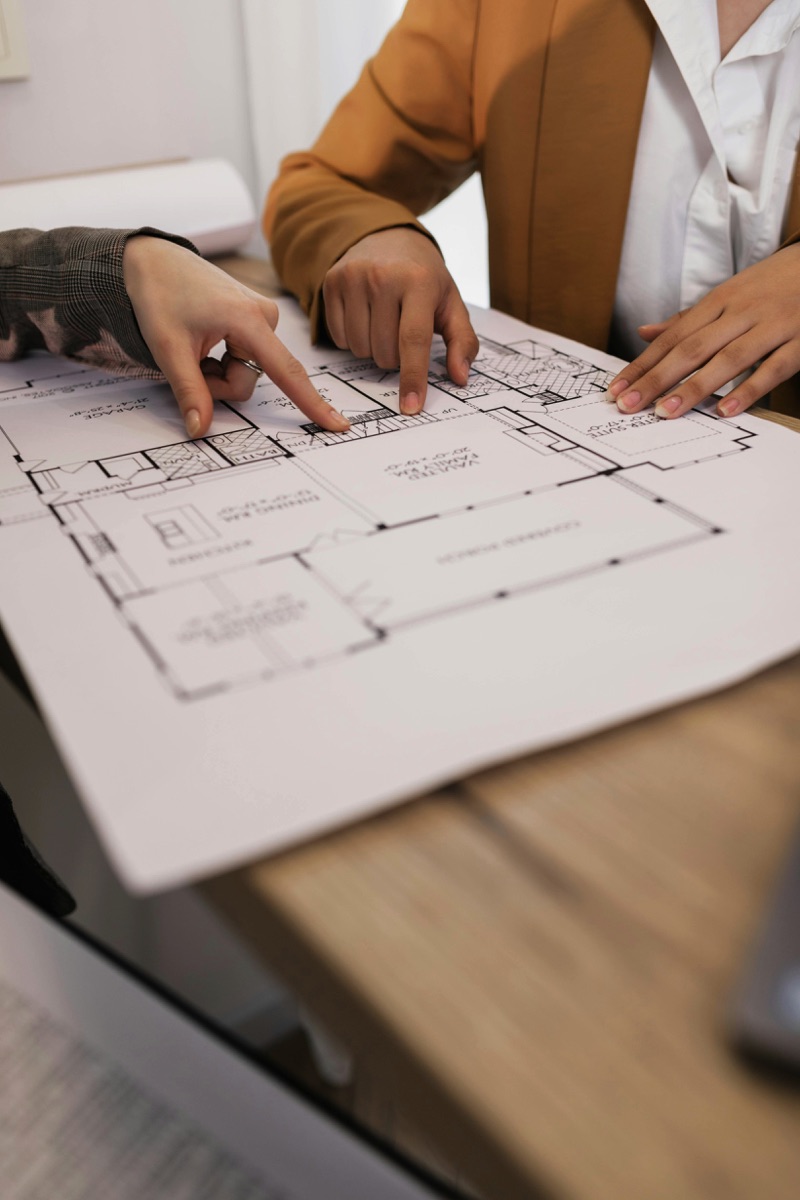
In these cases, the eyes and the first hot reactions, are like a litmus test, they will immediately give us a clue to what turn the presentation is taking.
There may be the “wow” effect just as we must also be prepared for a “no”.
6. Retouching.
In light of what emerged in the presentation, we go on to define and tweak the project. One chooses, together with the client, from the various options proposed and finalizes, arriving at a project shared by the parties.
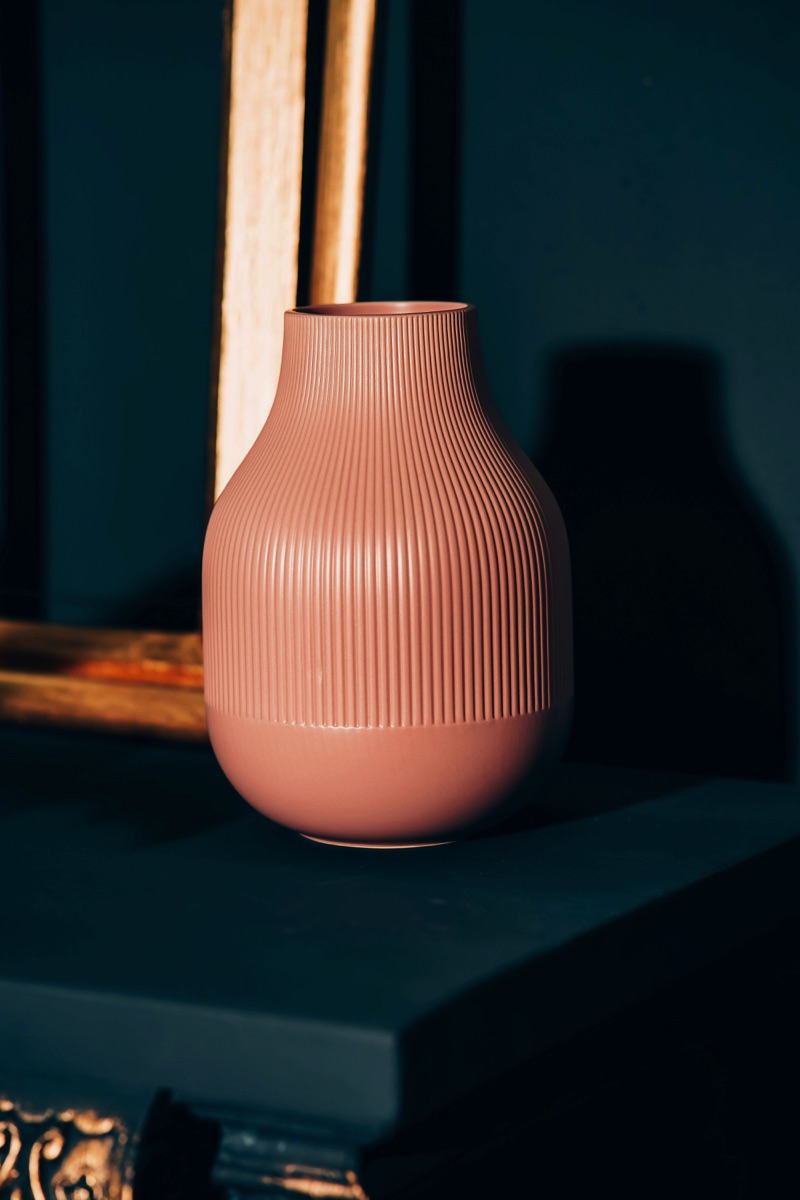
7. Organization and implementation of the work.
Once everything has been chosen and agreed with the client, we move on to the practical and organizational part.
Inspections are made, orders are placed, and timelines are established.
All professionals will receive drawings and data sheets to do their work independently and simultaneously (where possible). It will be up to us to supervise everyone’s work to make sure everything goes according to schedule and smoothly, while the client can safely “enjoy the show”.
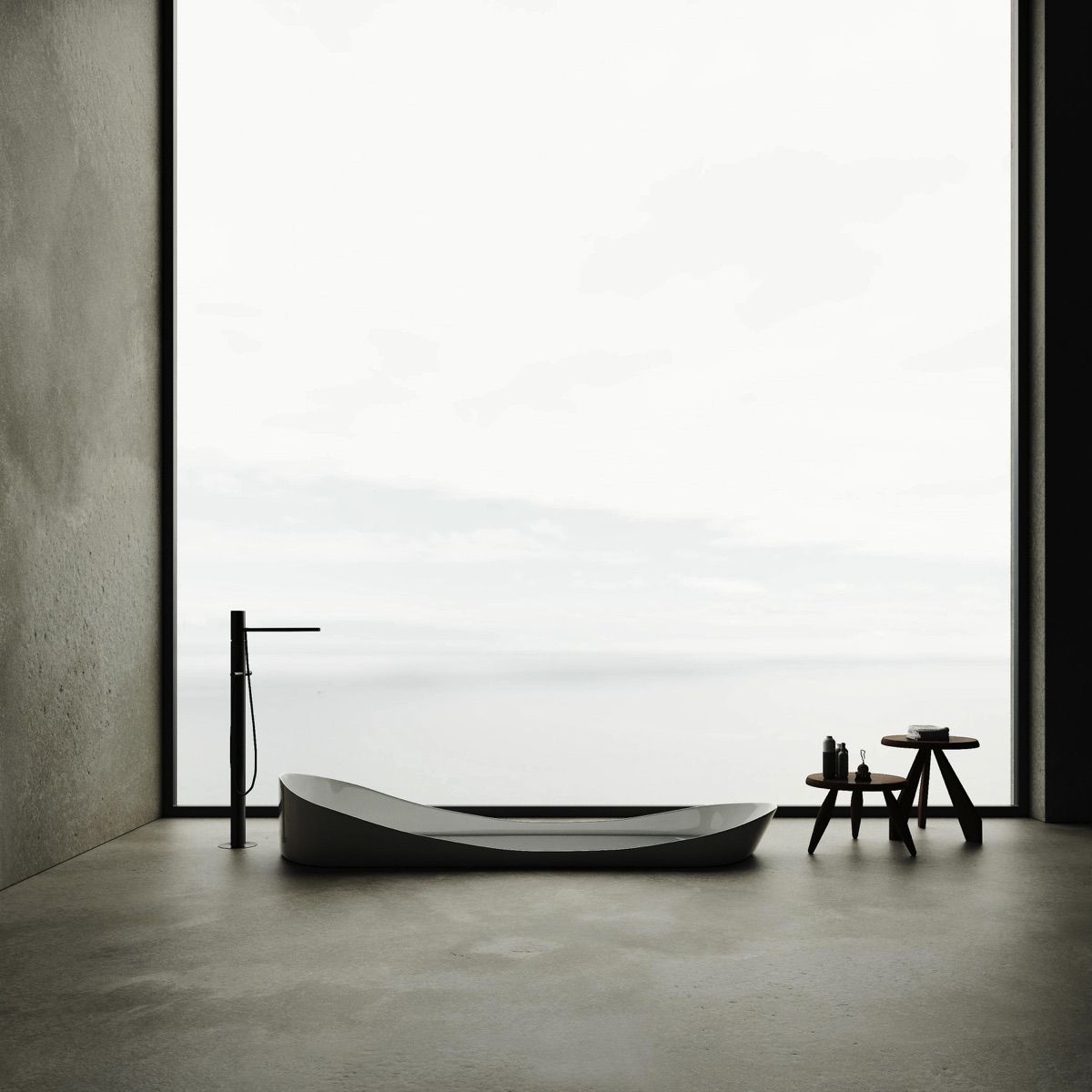
Of course, some unforeseen events will always happen, but the important thing is to keep calm and look for the best solution to stay on schedule.
Should we be unable to meet the timeline, we do not have to tear our hair out!
It is always better, to warm the client and lean toward quality work rather than getting a timely, but sloppy result.
8. Return.
Once the construction site is finished and the last little touches have been made, our work is done, we will only have to hand the baton back to the client and enjoy the result through his eyes.

This still remains an outline list, in the midst of planning everything is always in flux!
Finally, always remember that, as I said at the beginning, it may seem easy, but it is not, because a choice that a professional today is able to make in a short time is the result of years of study, observation, failure, and small achievements!